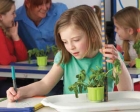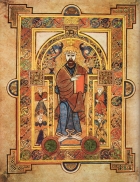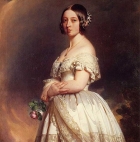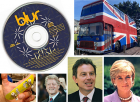Change and continuity
This particular concept is more appropriate for fourth stage Key Stage 1 than Key Stage 2. It is about developing an understanding of the idea that some things change while others old and new stay the same. A house for example will both have doors and windows (continuity) but what those doors are made of and how they work will be different (change) this is about comparing and contrasting in particular to your students own experiences and lives. This should become a process that children can apply in a less explicit manner across Key Stage 2. Read more
Sort by:
Date (Newest first) | Title A-Z
Show:
All |
Articles |
Podcasts |
Multipage Articles
-

The end of the Cold War with a personal perspective
ArticleClick to view -

Turning technology: making life better in Iron Age Britain
ArticleClick to view -

Using 'Development Matters' in the Foundation stage
ArticleClick to view -

Using original sources
ArticleClick to view -

Using picture books to explore ideas around history with very young children
ArticleClick to view -

Using shoes as an historical source
ArticleClick to view -

Victorians
ArticleClick to view -

When your parents were young…
ArticleClick to view -

Why stories?
ArticleClick to view

